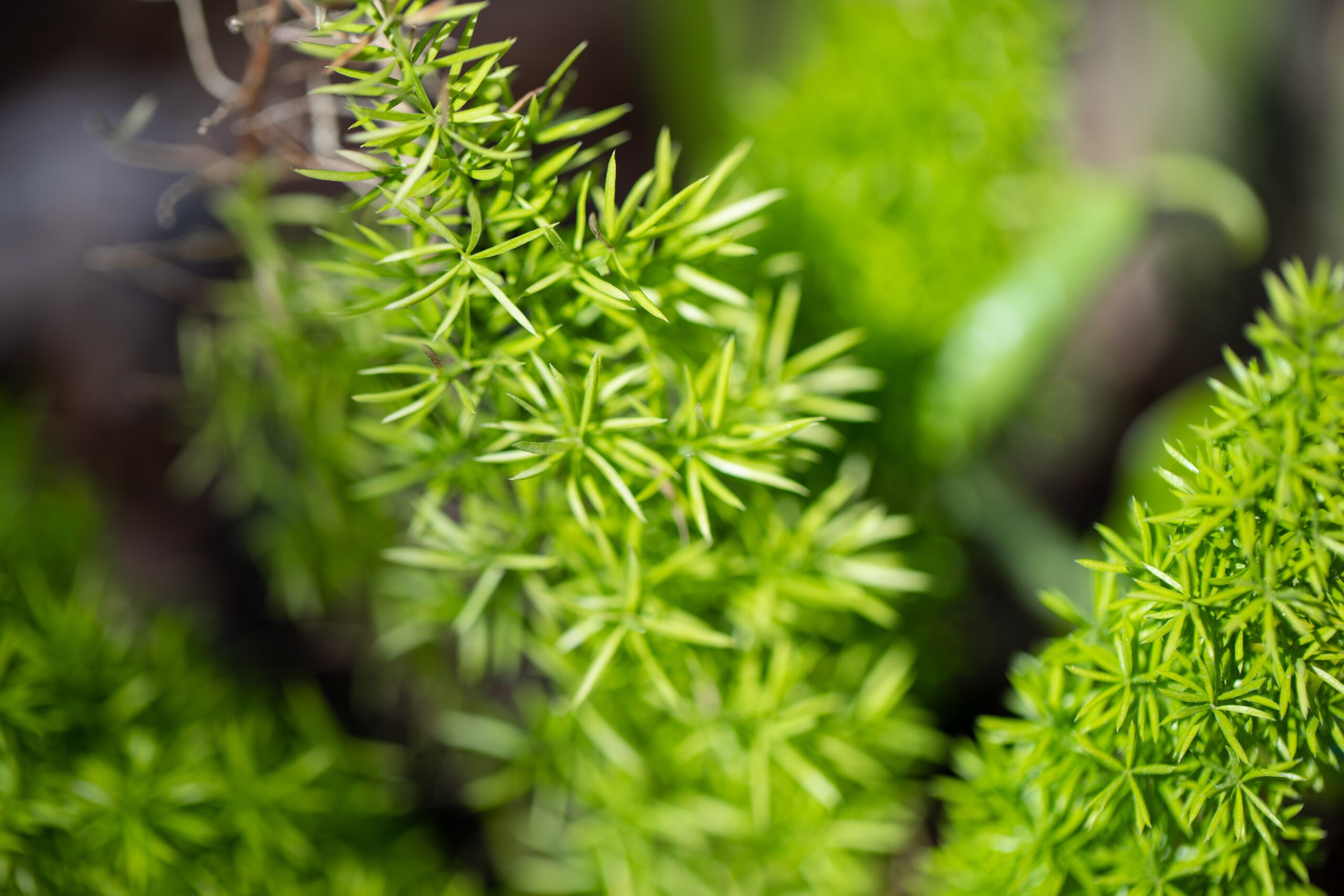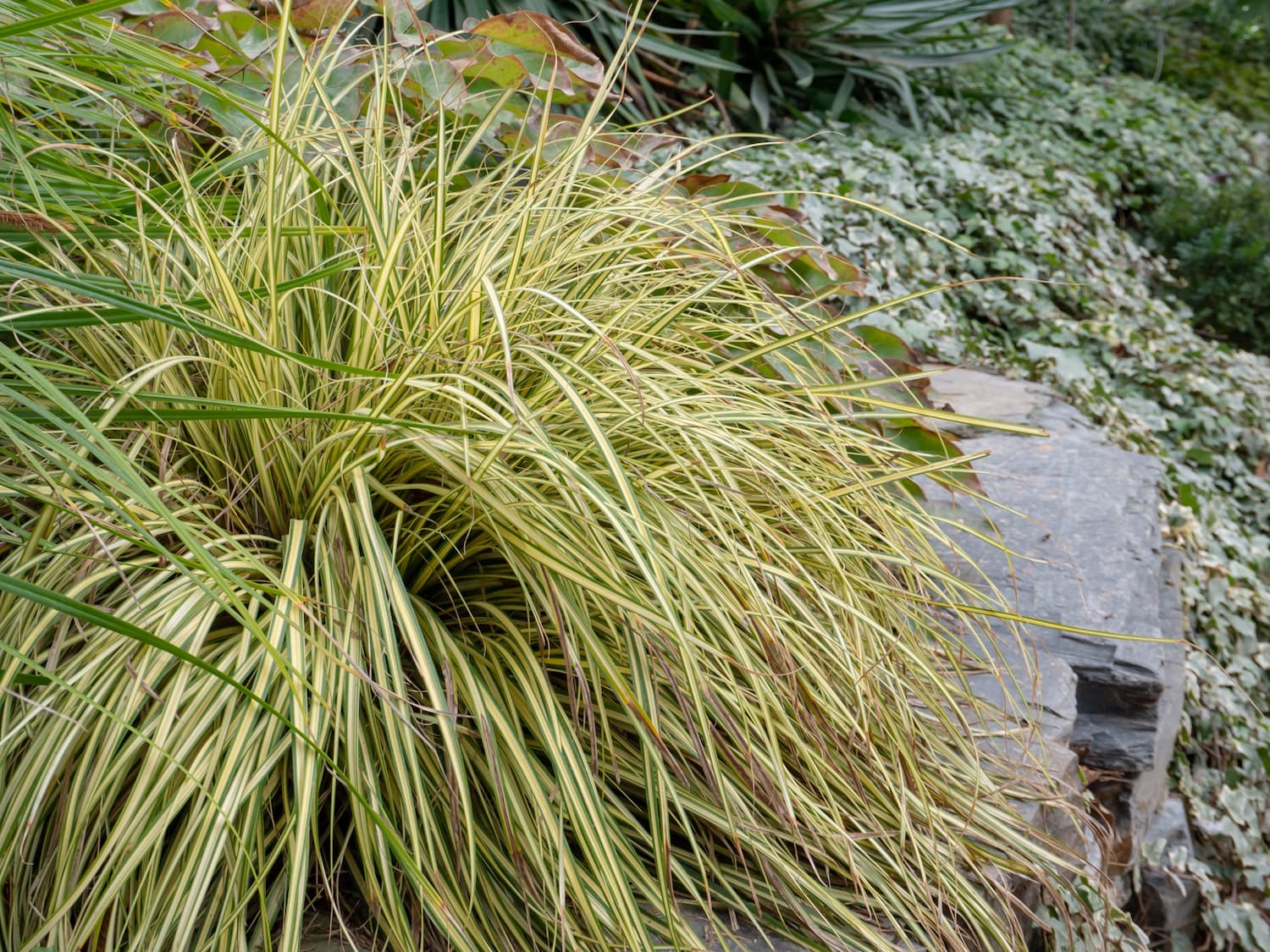In recent years, gardeners have discovered sedges as a tough, evergreen perennial option for many…
Foxtail Fern Care: Creating a Summer Oasis

The Basics of Foxtail Fern Care
For any shade to part-shade garden, the ‘Myers’ foxtail fern is a great, easy-to grow choice, with a unique, eye-catching growth habit that resembles the brush-like, upright shape of a fox’s tail. Mature specimens can reach 2’-3’ tall and wide and, when used in a mass planting, make a lovely backdrop for smaller annual color plants in front or for a bold block of green in an area where other plants don’t prosper. Follow these steps from the experts here at North Haven Gardens to get the most out of your foxtail ferns. They are also easy to trim back if a shorter fern is called for. They make great accents in containers on porches, and they can even be moved into a bright window as a houseplant in winter. Just be sure to mist them weekly, as central heat will dry out many houseplants.
Where and How to Plant Your Foxtail Ferns
Like other perennial outdoor ferns, foxtails are easy to grow, given filtered light and well-draining soil that’s rich in organic material. If you’re planting in heavy clay soil, it’s a good investment of time and money to amend the beds with expanded shale and compost prior to planting, then mulch afterward with compost (which lightens the soil and provides low-level fertilization) or with pine bark or pine straw (which provides the slight acidification that ferns benefit from). Once established, most perennial ferns are quite drought-tolerant, but occasional waterings (including with a water wand on the foliage) will keep these ferns looking lush and green. Especially in the first year after planting while the ferns are getting established, water at least 24 hours before a predicted freeze. This may feel like the wrong thing to do, but water around the roots of a plant can actually provide some protection from a freeze. It’s also a good idea to cover first-year plantings with frost cloth in advance of freezing temperatures.
Caring for Foxtail Ferns in Winter
Foxtails require very little care during the growing season. In later winter, fertilize with a low-formulation fertilizer like Espoma’s® Holly-tone, then again every 3 months to intensify foliage color and support new growth during the growing season. Clip back and remove dying or damaged fronds at the base of the plant to let in light and warmth and encourage new growth. With just this small effort yearly, your summer oasis – bursting with foxtails and other ferns – will become a welcome refuge in the summer and year-round.


